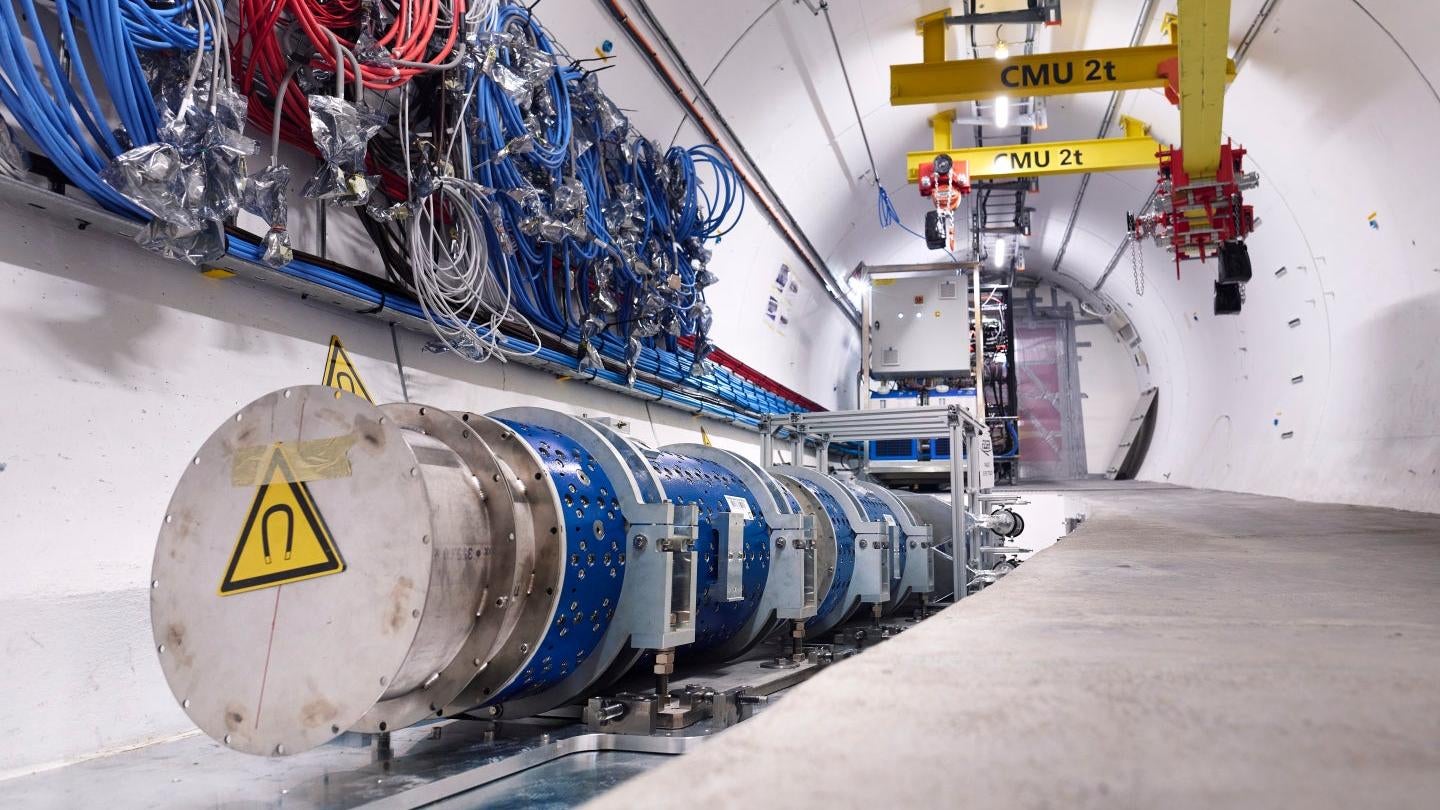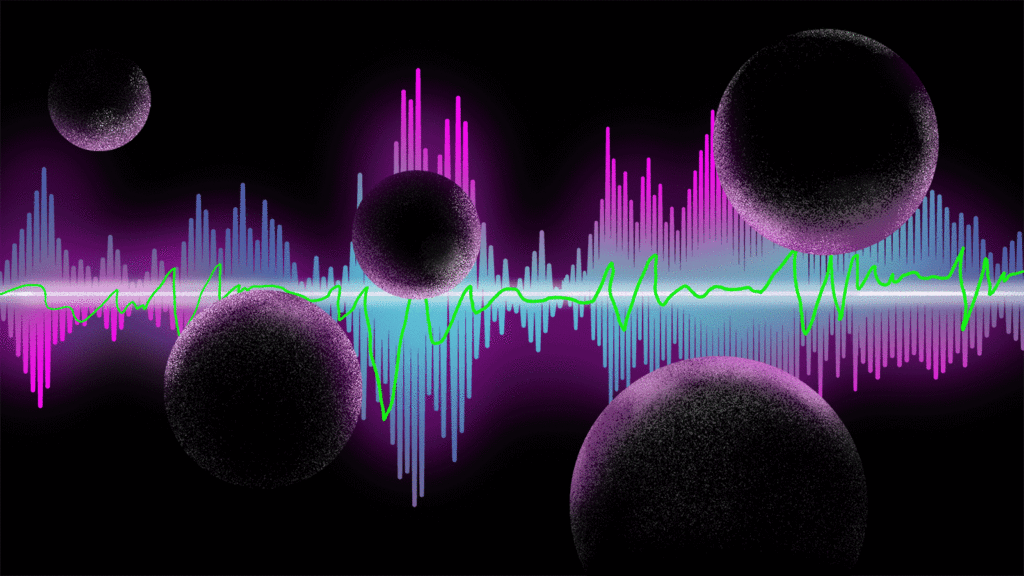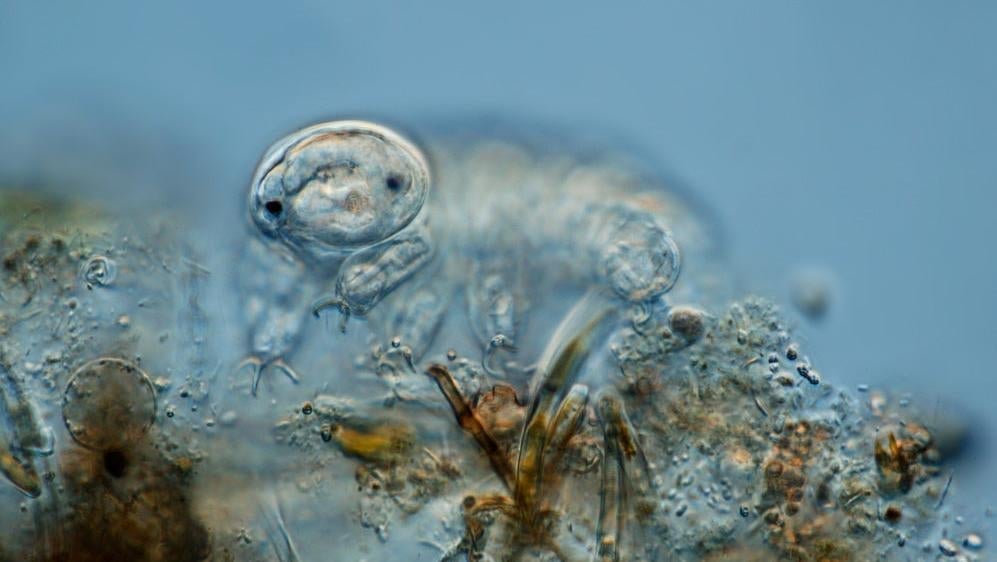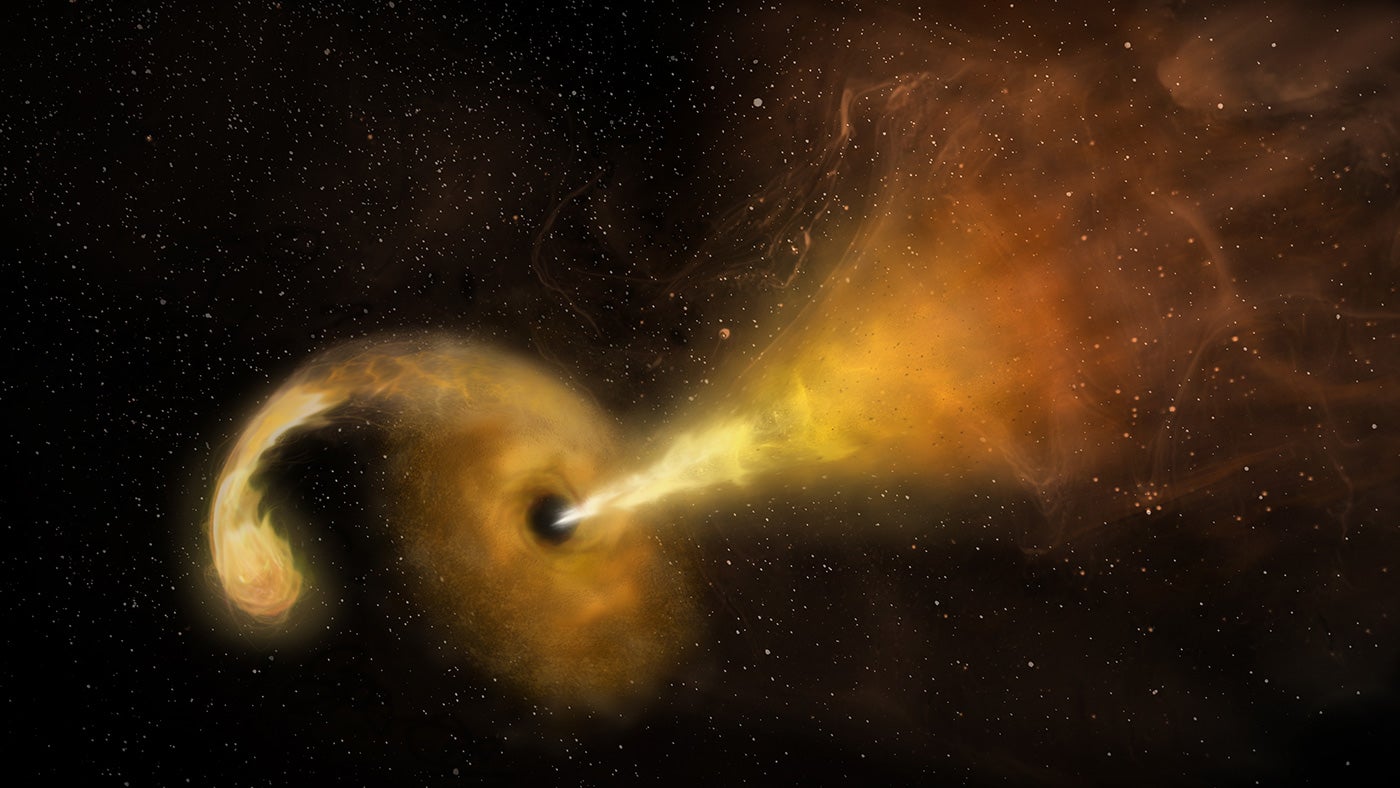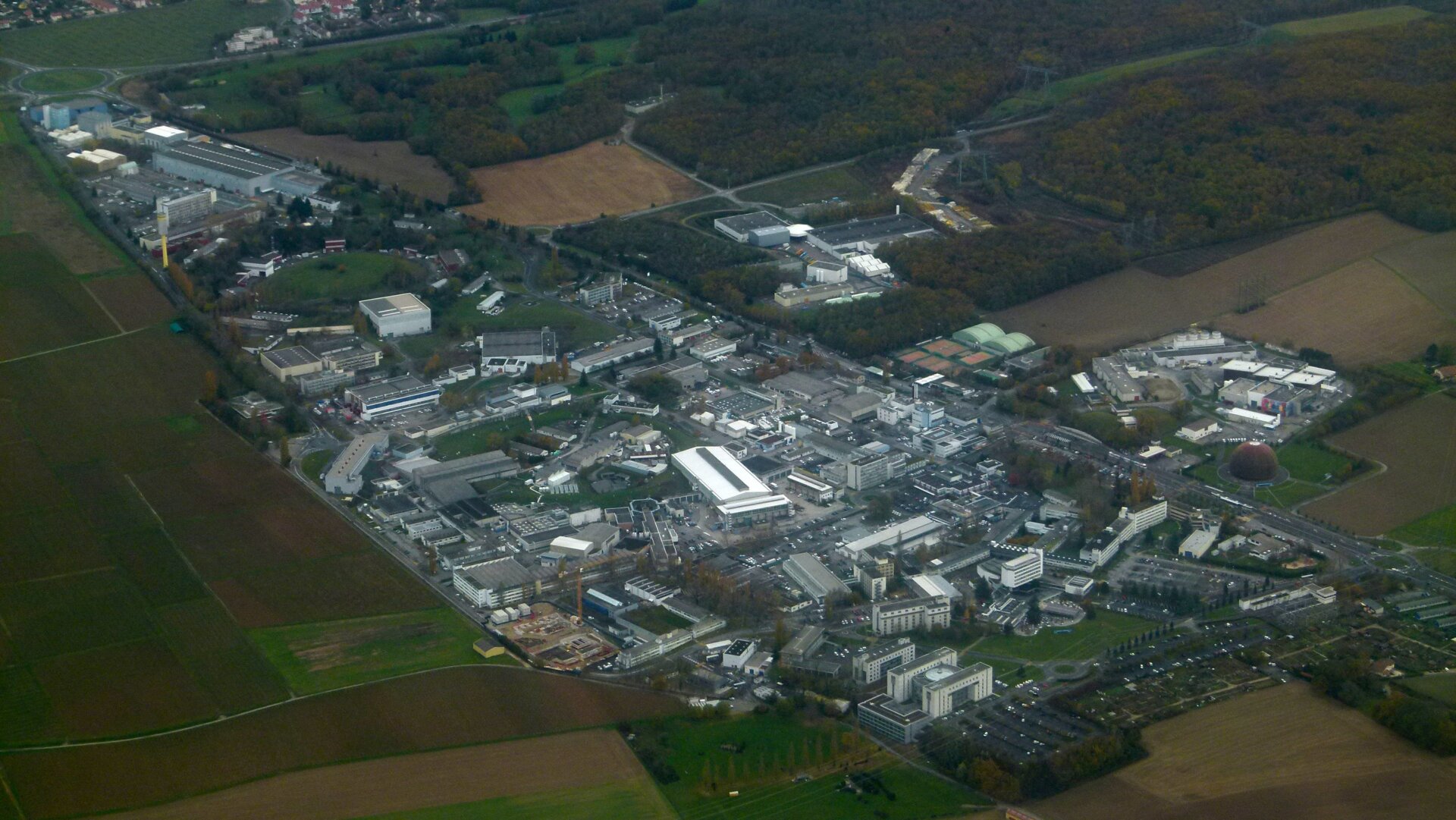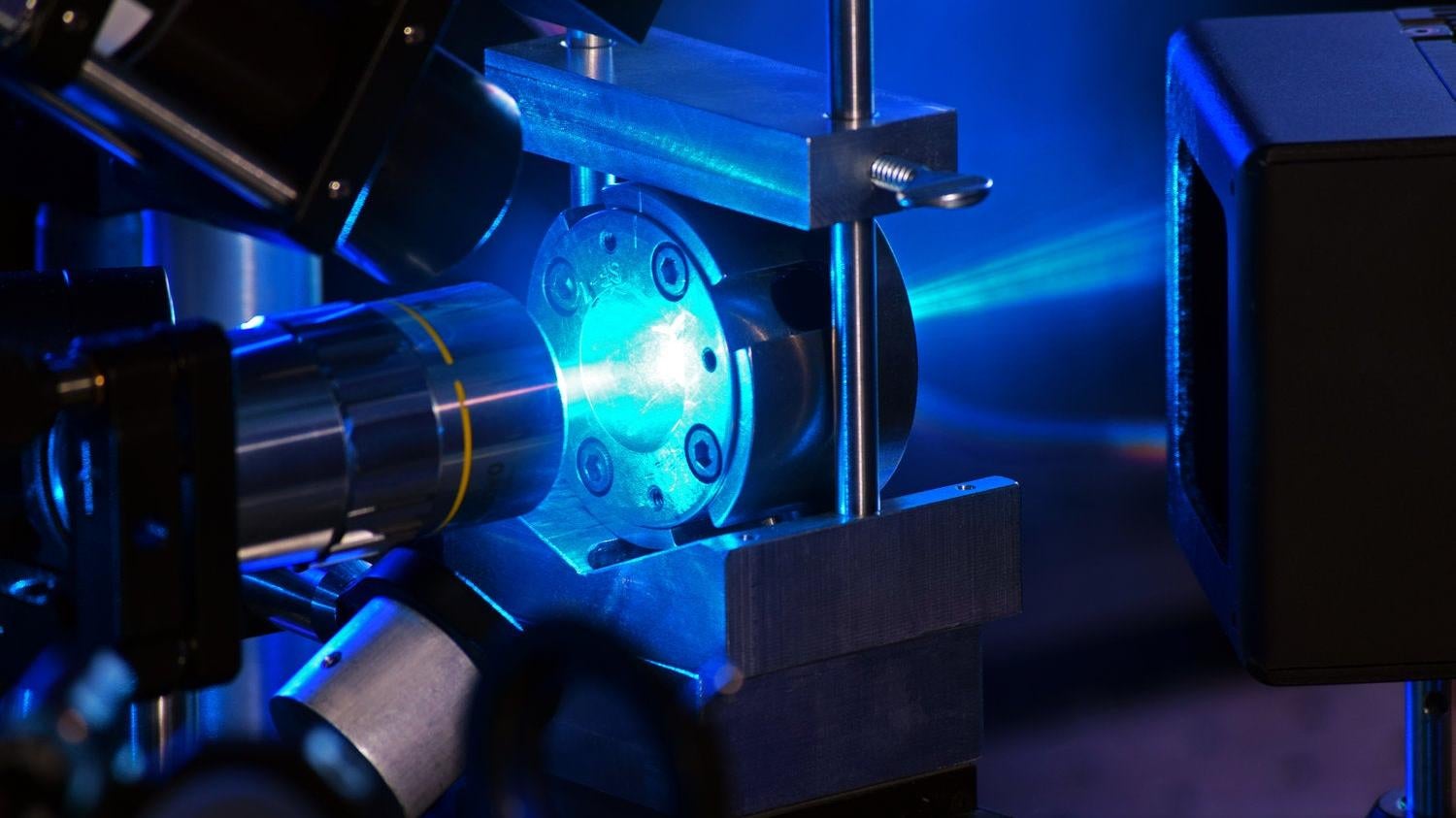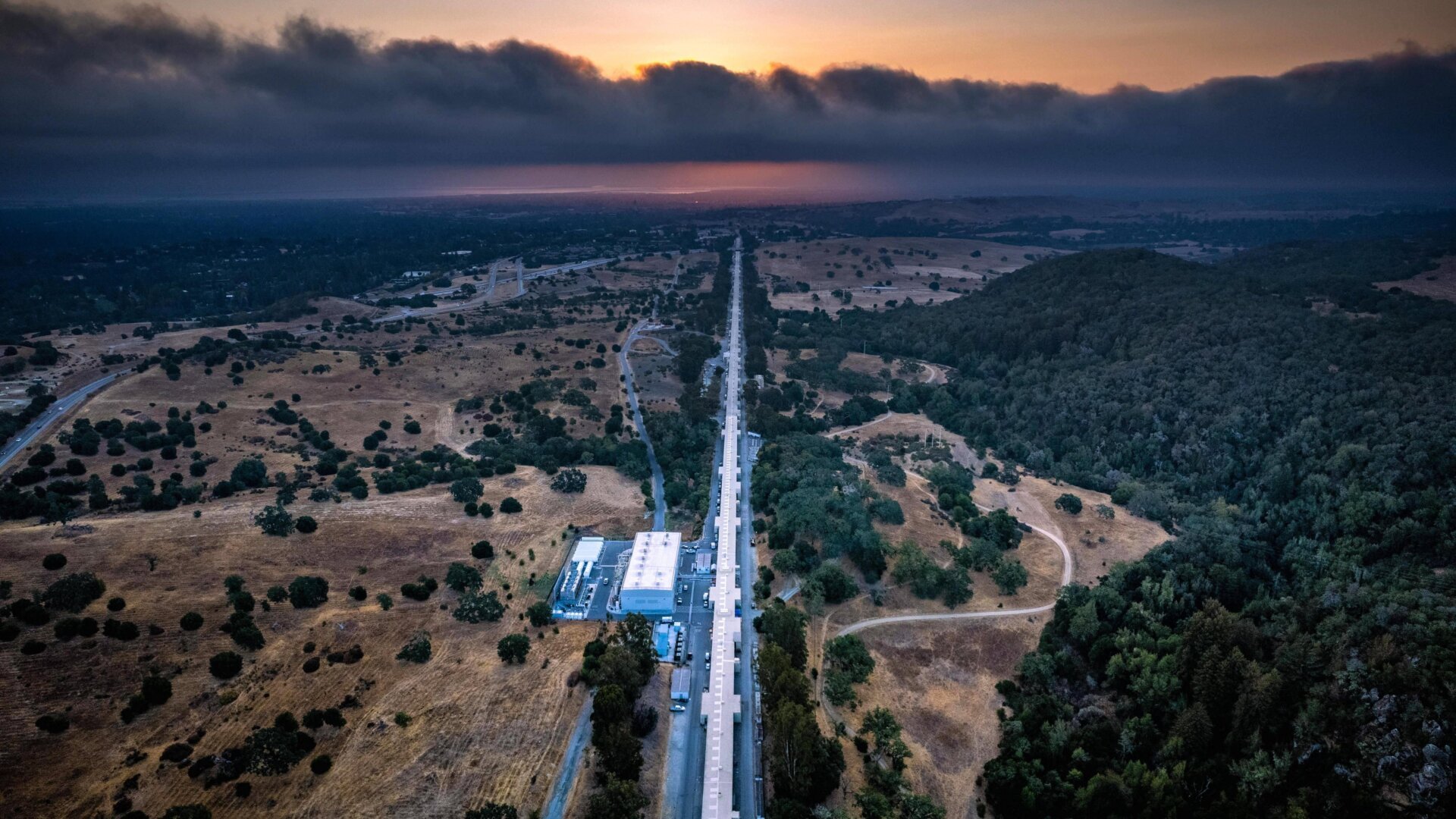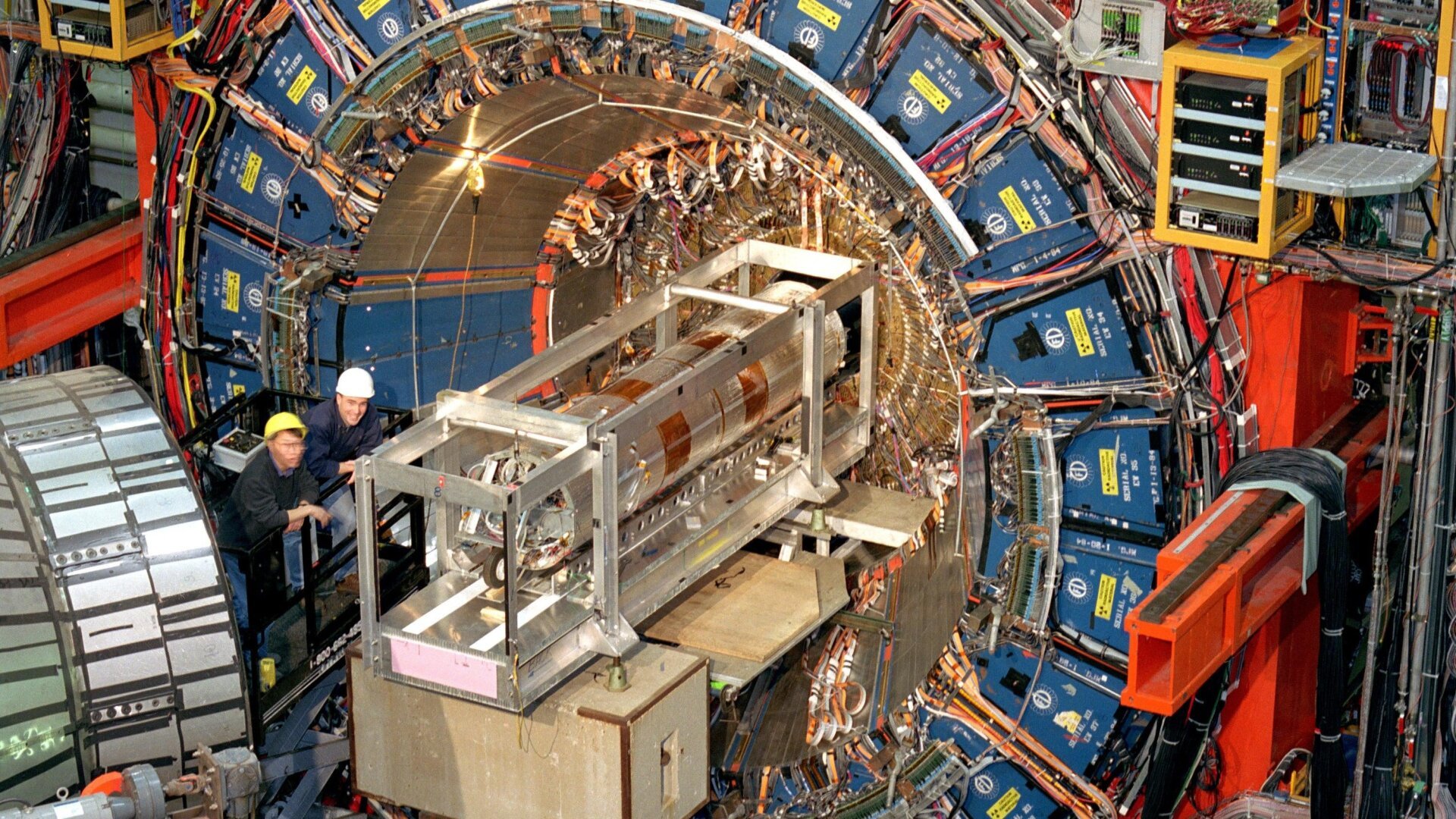For the first time, physicists have detected neutrinos at a particle collider. A team working at CERN’s Large Hadron Collider (LHC) recently announced the groundbreaking discovery of these elusive particles, some of the smallest and most weakly interacting known to science. This achievement opens exciting new avenues for understanding these fundamental building blocks of the universe.
Neutrinos are ubiquitous, constantly permeating the universe and even passing through our bodies unnoticed. However, their weak interaction with ordinary matter makes detection incredibly challenging. Traditionally, massive detectors located in isolated environments like deep ice or underwater lakes have been necessary to observe these ghostly particles. The recent detection, published in Physical Review D, marks a paradigm shift, demonstrating the potential of colliders for neutrino research.
“Prior to this project, no sign of neutrinos has ever been seen at a particle collider,” explained Jonathan Feng, physicist at the University of California-Irvine and co-leader of the experiment. This breakthrough represents a significant step towards unraveling the mysteries surrounding neutrinos and their role in the cosmos.
The detection was made possible by a pilot run of the FASER (Forward Search Experiment) emulsion detector at the LHC. Emulsion detectors are specialized tools designed to detect minuscule particles, including potential candidates for dark matter.
“The most energetic neutrinos are produced along the beamline, making them more likely to interact,” Feng elaborated. “By positioning FASER along the beamline, we were able to capture a few neutrinos despite the detector’s small size.”
How FASER Works
The FASER pilot detector consists of alternating layers of lead and tungsten plates (101 and 120 respectively), each paired with an emulsion film. When neutrinos generated by the LHC collide with the heavy metal nuclei within FASER, they leave distinct traces on the emulsion layers, revealing their presence.
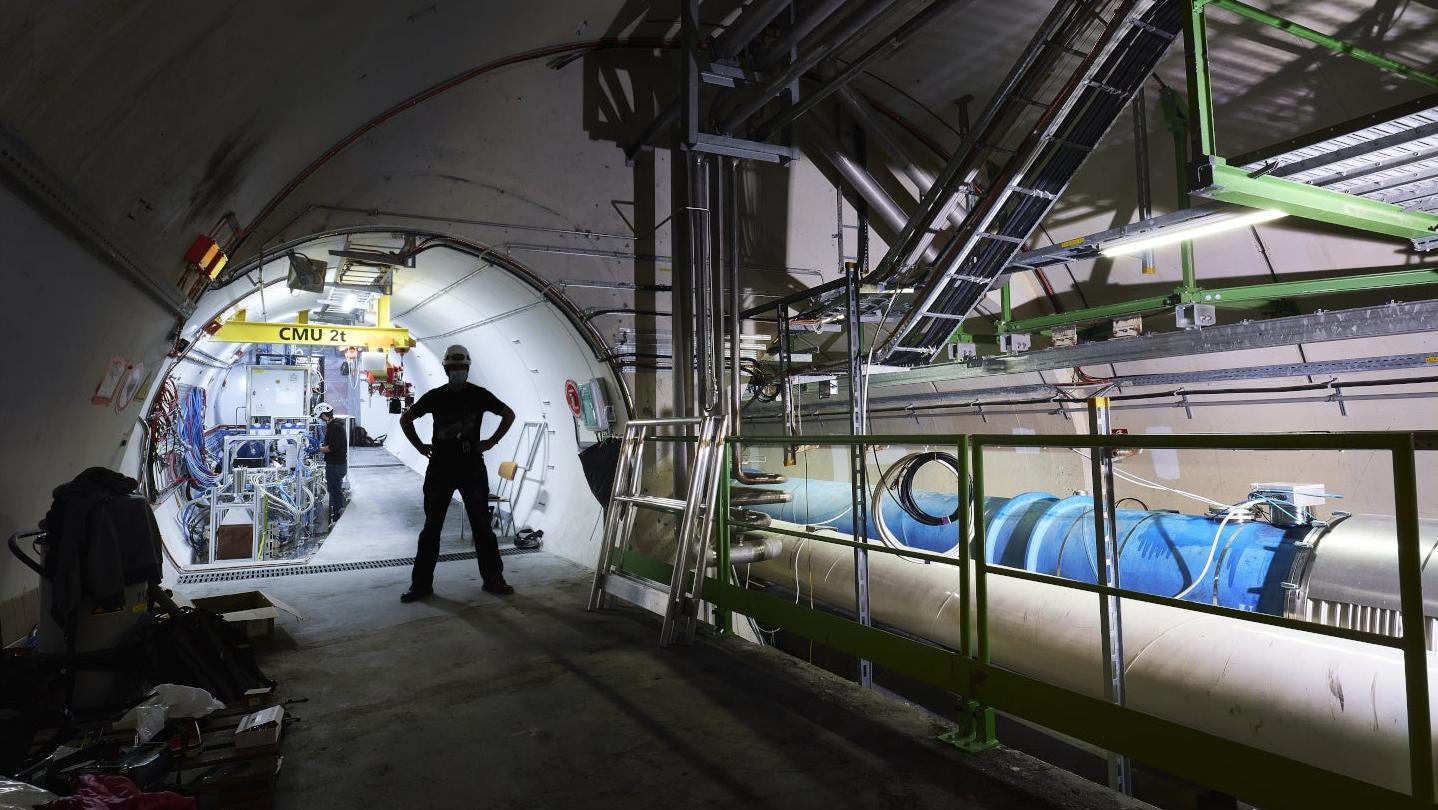 A worker stands in front of the FASER experiment at CERN.A CERN worker stands before the FASER experiment, a groundbreaking detector used in the first-ever detection of neutrinos at a particle collider. Photo: CERN
A worker stands in front of the FASER experiment at CERN.A CERN worker stands before the FASER experiment, a groundbreaking detector used in the first-ever detection of neutrinos at a particle collider. Photo: CERN
A Promising Future for Neutrino Research
The success of the FASER pilot program has generated considerable optimism for future research. Feng highlighted the typical progression in scientific discovery: initial experiments detect a few particles, followed by subsequent experiments detecting more, ultimately leading to precise measurements. “This result indicates that we expect to rapidly progress through all three stages in the coming years,” he stated. “By 2024, we anticipate detecting 10,000 neutrinos at the LHC, and it will be fascinating to see what insights they provide.”
FASER serves as a precursor to FASERnu, a planned experiment with enhanced sensitivity and detection capabilities. Besides investigating high-energy neutrino interactions, FASERnu will also search for new weakly coupled elementary particles and potential dark matter candidates, such as dark photons.
FASERnu: The Next Generation
“With the power of our new detector and its prime location at CERN, we expect to record more than 10,000 neutrino interactions in the next LHC run, starting in 2022,” explained David Casper, a physicist at UC-Irvine, co-lead of FASER, and co-author of the study. “We will be detecting the highest-energy neutrinos ever produced by a human-made source.”
FASERnu is currently being installed at the LHC and will commence data collection next year, coinciding with the collider’s third run. This advanced detector will provide valuable information about the types and “flavors” of neutrinos detected. By 2024, a wealth of data on these elusive particles and their properties is expected to be documented.
In conclusion, the detection of neutrinos at the LHC is a monumental achievement, paving the way for a deeper understanding of these fundamental particles and their significance in the universe. The future of neutrino research looks bright, with FASERnu poised to unlock even more secrets about these elusive cosmic messengers.



